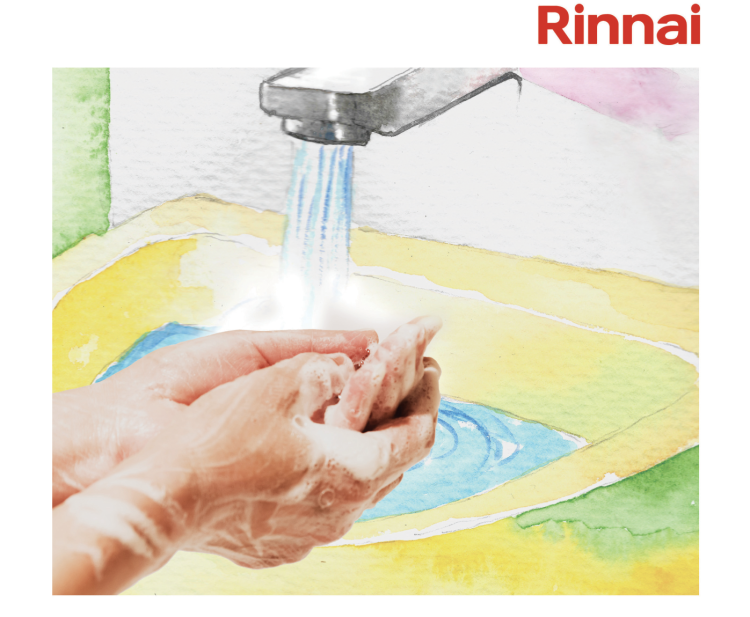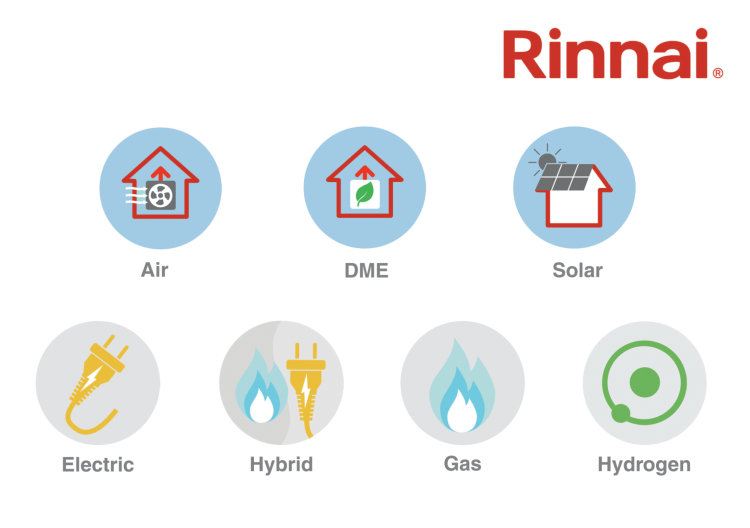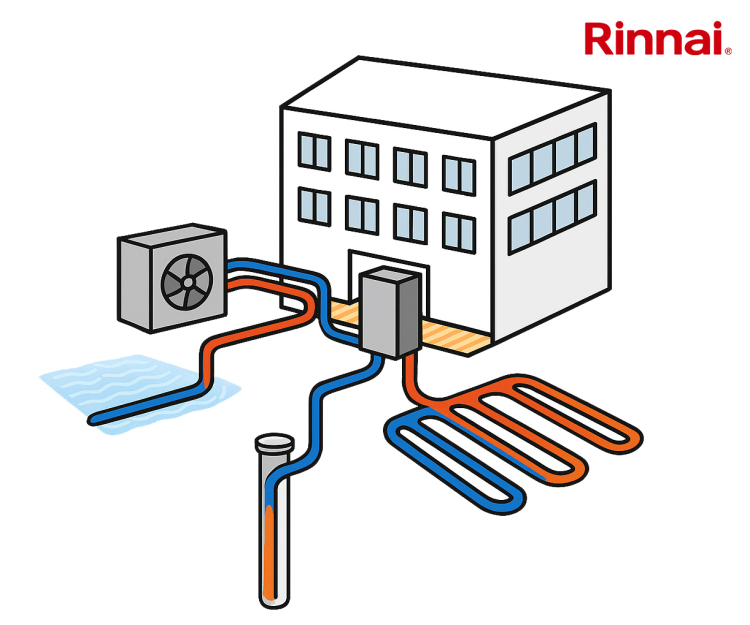18 May 2023
With hay fever affecting one in four adults, how can workplace managers ensure sufferers are comfortable at work during the hay fever season?
Hay fever season usually lasts several months starting in March through to September, and with the importance of ventilating indoor space high on the agenda to control viruses and pollutants, FMs should consider how that ventilation may affect hay fever sufferers.
Keeping windows open to allow natural air flow through an indoor space is often the most common solution to keeping a space ventilated.
However airborne allergens caused by pollen from trees and plants can cause unpleasant symptoms such as itching noses and burning eyes. These allergens do not just stay outdoors either: pollen can be carried on hair and clothes indoors.
Air Purification for Hay Fever
Air purifiers can be used in workplaces to trap and destroy the pollutants in indoor spaces whilst circulating clean air back out. HEPA filters can capture 99.95 per cent of particles as small as 0.1 microns, preventing them from leaking back into the air.
Allergens are of course not the only indoor air pollution particles that can affect the workforce’s health - most harmful particles cannot be seen or smelled but can definitely affect both our physical health and cognitive performance. Alongside pollen and other allergens, particles such as bacteria, industrial emissions, chemical emissions, and other ultrafine particles can all be present in a wide range of indoor spaces; and the smaller the particle, the bigger the problem.
Hay Fever and Climate Change
The Met Office says that a changing climate will affect pollen patterns – changes in temperature and rainfall may lengthen the UK pollen season and potentially make pollen concentrations higher.
It’s also possible that changes in climate will lead to changes in the potency of pollen, and one theory suggests that grasses produce more allergic pollen as temperatures increase.
The Met Office also reports that changes in the geographical distribution of allergenic plants, such as ambrosia (common ragweed), could also cause problems.
What Can Facilities Managers do to Help?
If air purification isn’t an option, bosses can keep the windows closed in the early morning and late afternoon when the pollen count is highest. They could also provide a space to hang coats and jackets away from the main working area, as these can carry pollen.
Regular vacuuming is also recommended, preferably with a high-efficiency particle arresting (HEPA) filter in place.
Picture: a photograph of a person working at a laptop, using their arm to shield their mouth and nose after sneezing. Image Credit: Pexels
Article written by Ella Tansley | Published 18 May 2023
Share
Related Articles
Allergy Awareness Week - Optimising Indoor Air Quality for Hay Fever Sufferers
As allergy season gets underway, an indoor air quality monitoring company is introducing pollen level tracking to its app, to help employers learn how to make the...
Read Full Article
Building Services Industry Has Two Years to Fix Indoor Air Quality
A policy paper launched at the Building Engineering Services Association’s World Ventilation Day event suggests there is a “two-year window of...
Read Full Article
First-Ever World Ventil8 Day Launches
An awareness campaign to promote the critical role of building ventilation has been launched by a coalition of scientists, academics, engineering bodies and environmental...
Read Full Article
72% of Teachers Feel Classroom Air Quality is 'Below Standard'
As autumn term begins for UK school children, indoor air quality in educational facilities is under the spotlight thanks to new survey data.
Air Quality in...
Read Full Article
Building Ventilation and IAQ Market Will Grow to Nearly $14 Billion by 2031
Research suggests that the global market for commercial building ventilation and indoor air quality is set for huge growth, as businesses demand the creation of...
Read Full Article
Is There A 'Safer' Day Of The Week to Attend The Office?
In terms of virus transmission risk, are there days that are “safer” to attend the workplace than others?
According to the Infogrid Air Quality Index, only...
Read Full Article
Part F Regulations for Ventilation in Buildings – A Guide
Building managers and FMs are preparing for changes to Building Regulations regarding ventilation and indoor air quality.
According to actionforcleanair.org.uk, poor...
Read Full Article
HSE Advises on COVID and Ventilation in Offices
The advice includes how to ventilate rooms whilst keeping them warm, monitoring indoor air quality, and safely ventilating vehicles.
What are the Legal...
Read Full Article
BESA National Conference 2021 – Highlights
The BESA Conference was opened by the association’s president Neil Brackenridge who explained that the overall theme was “Building back better, safer,...
Read Full Article
Improving Indoor Air Quality This Winter
During the pandemic, COVID has raised the profile of the quality of the air we breathe in our buildings – how do we maintain this priority throughout the winter...
Read Full Article


.gif)


.gif)
.gif)






.png)

